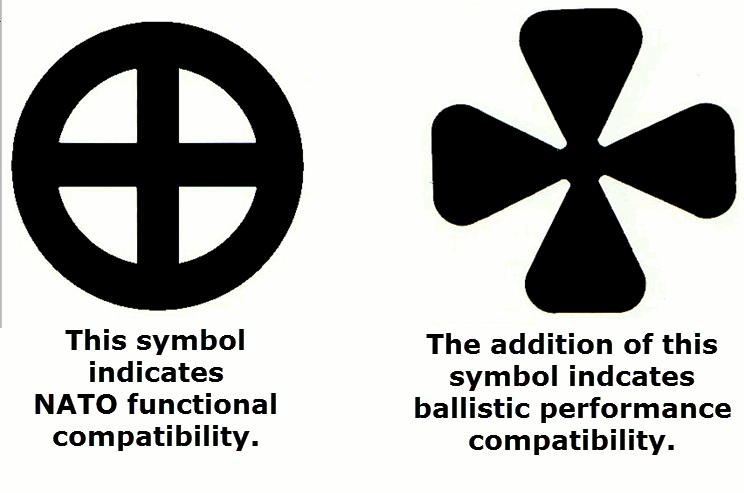I Know not again, but.
In checking out some 223 and 5.56 ammo at Midway, I found that most American made 223 ammo has the same FPS and ballistics as it's 5.56 brother.
An example would be Winchester WB 55gr FMJ in 223 and 5.56.
http://www.midwayusa.com/product/29...tion-223-remington-55-grain-full-metal-jacket
http://www.midwayusa.com/product/29...3131-556x45mm-nato-55-grain-full-metal-jacket
Both are loaded with the same bullet, both have identical ballistic properties.
5.56
Technical Information
Caliber: 5.56x45 (223 Remington)
Bullet Weight: 55 Grain
Bullet Style: Full Metal Jacket
Case Type: Brass
Ballistics Information:
Muzzle Velocity: 3240 fps
Muzzle Energy: 1282 ft. lbs.
223
Technical Information
Caliber: 223 Remington
Bullet Weight: 55 Grain
Bullet Style: Full Metal Jacket
Case Type: Brass
Ballistics Information:
Muzzle Velocity: 3240 fps
Muzzle Energy: 1282 ft. lbs
The fact that these two rounds that have identical components and also have identical performance would indicate that the rounds themselves were also Identical, correct?
Or are they?
We all know the 5.56 chamber has a longer throat. Shooting identical ammo in a 223 chamber will generate slightly higher pressure than in a 5.56 chamber.
My question, are these factory rounds actually Identical, or does Winchester and others use different test barrels, one in 223 and one in 5.56 with the longer throat?
If the barrels are identical, then there is no difference between 5.56 and 223 in these American manufactured ammo, correct.
If the barrels are different, one in 223 and one in 5.56 then, what are the odds that they would come up with identical FPS at same pressures?
In checking out some 223 and 5.56 ammo at Midway, I found that most American made 223 ammo has the same FPS and ballistics as it's 5.56 brother.
An example would be Winchester WB 55gr FMJ in 223 and 5.56.
http://www.midwayusa.com/product/29...tion-223-remington-55-grain-full-metal-jacket
http://www.midwayusa.com/product/29...3131-556x45mm-nato-55-grain-full-metal-jacket
Both are loaded with the same bullet, both have identical ballistic properties.
5.56
Technical Information
Caliber: 5.56x45 (223 Remington)
Bullet Weight: 55 Grain
Bullet Style: Full Metal Jacket
Case Type: Brass
Ballistics Information:
Muzzle Velocity: 3240 fps
Muzzle Energy: 1282 ft. lbs.
223
Technical Information
Caliber: 223 Remington
Bullet Weight: 55 Grain
Bullet Style: Full Metal Jacket
Case Type: Brass
Ballistics Information:
Muzzle Velocity: 3240 fps
Muzzle Energy: 1282 ft. lbs
The fact that these two rounds that have identical components and also have identical performance would indicate that the rounds themselves were also Identical, correct?
Or are they?
We all know the 5.56 chamber has a longer throat. Shooting identical ammo in a 223 chamber will generate slightly higher pressure than in a 5.56 chamber.
My question, are these factory rounds actually Identical, or does Winchester and others use different test barrels, one in 223 and one in 5.56 with the longer throat?
If the barrels are identical, then there is no difference between 5.56 and 223 in these American manufactured ammo, correct.
If the barrels are different, one in 223 and one in 5.56 then, what are the odds that they would come up with identical FPS at same pressures?

